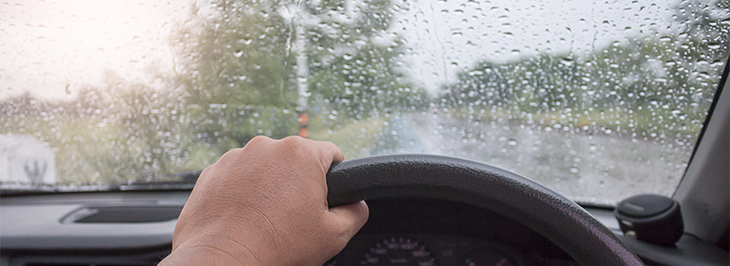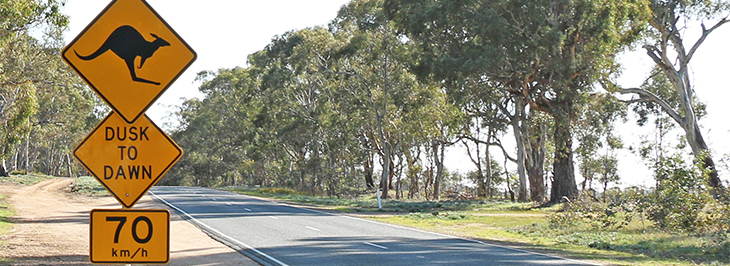
Planning and preparation are so vitally important for your great off or on-road trip. Don’t underestimate this big wild country of ours – it’s full of hidden treasures waiting to be discovered.. but if you set out unprepared, you could soon find yourself up the creek without a paddle (perhaps even literally!). Here are a few tips to start you off.
Do Your Research

Find out as much about your destination and journey as possible, whether by searching online, reading guide books, or visiting tourist centres. Check whether any areas require travel permits, and allow enough time for them to arrive.
Find out where you can refuel and stock up on supplies along the journey if you can’t carry enough with you.
Check before you set off that they have supplies available.
When doing your figures, factor in your car’s fuel consumption when fully packed.
Keep an eye on your tyre pressures during the trip to help with fuel consumption.
Check the Conditions

While you’re travelling, checking on conditions could mean asking at a Main Roads office, local police, or even the local Aboriginal community.
If you’re going way off the beaten track, or cross-country, you and everyone travelling with you should have had some basic 4WD practice before, preferably with a course. If you’re not that experienced yet, consider joining a club or a tag-along tour operator for your first big trip.
Have a backup route in place

Prevailing weather conditions can have a huge impact on whether your trip can proceed as planned. Unseasonal rains could mean a usually dry creek bed crossing becomes a heaving flooded river, which could be disastrous to cross. You should carry a GPS with bush coverage, but you should also always carry paper maps showing your planned route and backup plans. Never follow a track that’s not on a map.
Drive in daylight only

Driving at night greatly increases the chances of an animal strike.
You’d also want to have your camp set up before sundown – you don’t want to be setting up in the dark and accidentally find an ant’s nest the hard way.
Try not to confine yourself to a tight schedule when it comes to travel time each day. You’re probably only going to get 6-7 hours of drive time maximum, by the time you pack up camp around 9 am then set up again around 4-5 pm depending on sunset time. Allow time for a good lunch break and a few rest stops to stretch your legs every 2 hours, plus a bit of sightseeing too. You want to enjoy the trip, not be stressed about making set targets.
Outback Travel Australia’s Allan Whiting gives these travel time estimates:
-
- Gravel roads: up to 400km/day
-
- Desert: up to 150km/day
-
- Rough terrain: perhaps only 40km/day.
So the fact is, you’re going to need to spend a lot of time pouring over maps, researching online, and asking questions before you even think about packing for your trip. But all that preparation will be so worth it when you’re tackling the trip of a lifetime.
Before you set off on your next adventure make sure that your tyres are up to the job.

